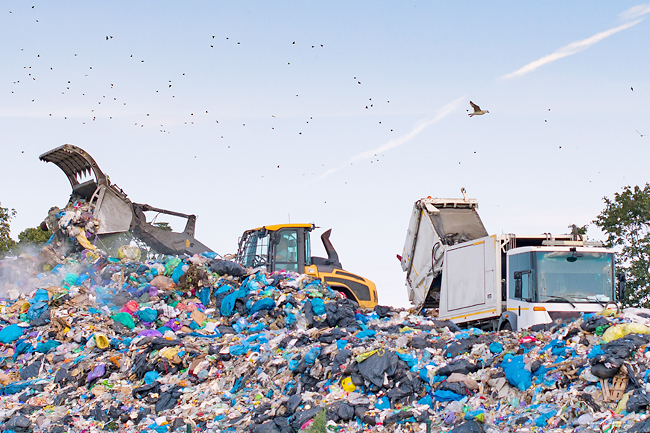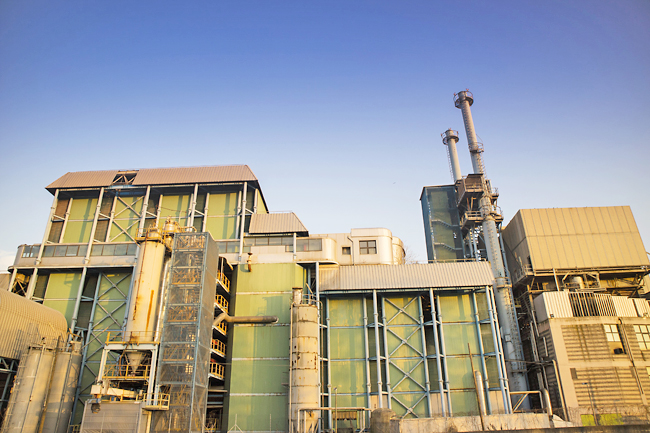ANN/THE STAR – Named after the mineral extracted from its depths, Batu Arang – meaning “lumps of coal”- was once Selangor’s second-largest town.
At its peak, nearly 25,000 workers and their families resided in this town in Gombak, about 50 kilometres (km) from Kuala Lumpur. Miners worked around the clock in three shifts, producing so much coal that the British constructed a railway line to connect the town to the rest of the peninsula.
Today, over a century since coal was first discovered in Batu Arang in 1908, Malaysia imports over 90 per cent of its coal, and all that remains of the town’s vibrant past is a monument commemorating its heyday.
Recently, though, its name has been in the news again; this time, as a battleground between local residents and authorities with plans for a Waste-to-Energy plant.
On July 1, 2024, it was reported that residents from Rawang, some 17km away by road, submitted over 4,000 objection forms to the Selayang Municipal Council opposing its plan to rezone land for the proposed MYR4.5 billion incinerator project in Batu Arang.
They cited safety, health, environment, and traffic concerns, as well as the proximity of underground mines. Among the health worries is the emission of highly toxic dioxins, a byproduct of waste incineration.
Batu Arang is not the first – and certainly won’t be the last – site to be involved in the wave of protests against such facilities.
On July 1, Housing and Local Government Minister Nga Kor Ming told the Dewan Rakyat that the ministry planned to modernise the country’s solid waste management by setting up 18 such plants by 2040.
The sites are Jabi and Padang Cina in Kedah; Bukit Payung, Seelong, and Sedili in Johor; Jabor-Jerangau and Belenggu in Pahang; Sungai Udang in Melaka; Rawang in Kuala Lumpur; Jeram, Tanjung Dua Belas, and Rawang Dua in Selangor; Pulau Burung in Penang; Lahat, Taiping, and Manjung in Perak; Tertak Batu in Terengganu; and Jedok in Kelantan.


LAID TO WASTE
Commonly known as an incinerator, Waste-to-Energy (WtE) technology is widely used in other countries, where it is considered to be a proven and safe technology.
WtE plants burn solid waste to produce steam in a boiler, which is then used to power an electric generator turbine.
For example, in Germany, municipalities transport residual waste – which is no longer recyclable and which, in the absence of this technology, would head for the landfill – to a WtE plant.
The calorific value of German residual waste is 10,000 to 12,000 kilojoules per kilogramme (kg), which means that both heat and electricity can be generated from it.
In contrast, the coal once mined in Batu Arang would have produced around 8,000 kilojoules per kg.
It is estimated that one tonne of waste can produce between 550 and 700-kilowatt hours energy – enough to power a home for almost a month.
According to Greenpeace Southeast Asia’s senior programme manager Thing Siew Shuen, the government is making Malaysians choose between WtE and landfills.
“However, neither are environmentally-sound solutions; they are costly and not climate solutions,” she said.
Residents in the recent protest against a WtE, said Thing, were reportedly not properly consulted during the planning phase.
“Similarly, residents of Broga and Kepong also reported there was no proper local consultation when incinerators were proposed,” she said in a recent interview.
In the early 2000s, the project in Broga near Semenyih in Negri Sembilan planned by the then Federal Government had met with protests from local residents, as did the more recent proposal in 2021 for a site in Kepong in Kuala Lumpur.
Ironically, the protests for the site in Broga were spearheaded by members of the Opposition then, many of whom now make up the Federal Government.
Thing hopes that with the recent announcement of the 18 proposed WtE sites, the Federal Government is not merely locating them on the map but also looking into the consent, well-being, and welfare of the surrounding communities.
Without local government elections, waste management, Thing points out, is a centralised issue and a mechanism without the participation of the local people and with no inclusive consultation in many areas.
If the Batu Arang WtE plant goes ahead, the site is going to receive 2,400 tonnes of municipal solid waste from at least seven districts upon completion, Thing claimed.
Thing urged the government to provide answers to questions about, among others, the status of the country’s landfills and their lifespan, how the 18 WtE locations were identified, how much waste is generated in each district, how much waste the country is estimated to generate in the next 10 to 30 years, and what is the worst case scenario of not building WtE plants versus rehabilitating existing landfills.
The WtE plant proposals by the Federal Government are coming at a time when Malaysia is finding it hard to stomach more rubbish, what with an average of some 39,000 tonnes of waste being sent to landfills daily.
Adding to the urgent need to deal with mounting waste is the low national recycling rate: after recording a rate of 35.38 per cent last year, we look set to miss the aim of hitting 40 per cent by 2025. – Sim Leoi Leoi




